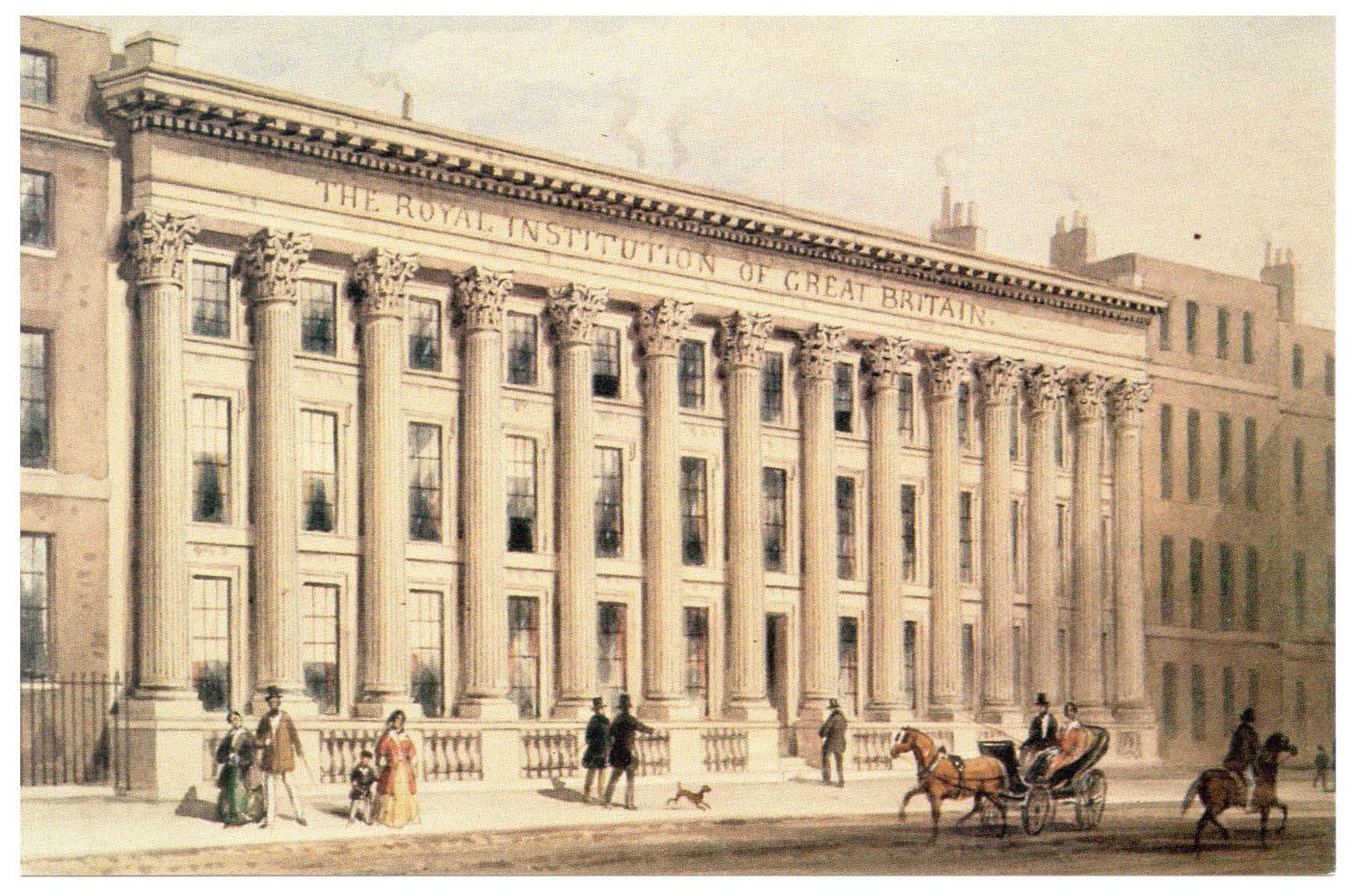The Academy of Europe - Academia Europaea#
We are a European, non-governmental association acting as an Academy. Our members are scientists and scholars who collectively aim to promote learning, education and research. Founded in 1988, with over 2000 members which includes leading experts from the physical sciences and technology, biological sciences and medicine, mathematics, the letters and humanities, social and cognitive sciences, economics and the law.History of the Academia Europaea#
The concept of a 'European Academy of Sciences' was raised at a meeting in Paris of the European Ministers of Science in 1985. The initiative was taken by the Royal Society (UK) which resulted in a meeting in London in June 1986 of Arnold Burgen (UK), Hubert Curien (F), Umberto Columbo (ITA), David Magnusson (S), Eugen Seibold (Germany) and Ruud van Lieshout (NL) – who agreed to the need for a new body that could express the ideas and opinions of individual scientists from across Europe.This body was seen to be a complement to the European Science Foundation in its role as a co-ordinator of the European interests of national research funding agencies and organisations. The objectives were kept deliberately broad covering the humanities, social and natural sciences, so as to ensure interdisciplinary discourse and activities. Initial modalities were to include annual meetings of members, multidisciplinary meetings, an interdisciplinary journal, a newsletter, providing independent advice, improving mobility of scholars within Europe and improving public understanding of science.
The new body was named the Academia Europaea and its Foundation Meeting was held in Cambridge in September 1988 under the first President, Arnold Burgen. Hubert Curien, who was at that time the French Minister of Science (and later became the second President of the Academia) arrived by helicopter and gave the inaugural address and provided the active support of the French government. The first Plenary Meeting was held in London in June 1989, by which time there were 627 members.
Since 1989, there has been a period of remarkable changes to the scientific, political and economic landscape of the continent of Europe. The Academia Europaea has evolved within this environment, from its origins as an organisation of predominantly "western European" scholars, into a uniquely independent body - a truly pan-European Academy of Sciences, Humanities and Letters.
The funding of the Academy is based on an original endowment, contributions from some of the member countries, special projects (such as the Riksbanken project) and by other organisations like the Academie Leopoldina who is also supporting the Academia Europaea financially. See also under Patrons.
project) and by other organisations like the Academie Leopoldina who is also supporting the Academia Europaea financially. See also under Patrons.
Founding Visions of the Academia Europaea#
A project funded by the AE new initiatives fund and lead by Prof. Anne Buttimer (University College Dublin). This "new initiative" is a proposal for video-recorded interviews with members of Academia Europaea's founding generation, inviting each one to express the ideas and motivations which inspired the venture.
Interviews with founding members.
Patrons#
List of Patrons supporting Academia Europaea through grants, projects or sponsorshipMembers with very special distinctions#
Nobel Prize
Wolf Prize
Turing Award
Field Medal
Lasker Award
Abel Prize
Gödel Prize
Awards and Prices of Academia Europaea#
Erasmus Medal and Lecture#
The Erasmus Medal is awarded annually to outstanding individuals, in recognition of their personal and significant contribution to European science and scholarship and its international impact. The Erasmus Medal of the Academia Europaea, is awarded on the recommendation of the Council, to a member who has maintained over a sustained period, the highest level of international scholarship and recognition by peers. Winners of this distinction are invited to give a special Erasmus talk at the annual meeting. See list of winners and what the medal looks like here!The Academia's Gold Medal#
The Academia’s Gold Medal is awarded to those non-members of the Academia and to organisations in recognition of the contribution made to European science through inspiration, public support, management expertise or by financial means. See list of awardees and what the medal looks like here !The Russian Prizes#
The Russia Prizes (annual): Up to 30 young Russian scholars who show immense promise at the Post- doctoral level are identified by Russian members of the Academia Euroapea. The awards provide a cash prize, medal and certificate, and cover all discplines of the Sciences and the Humanities. See 2009 awards here.The Burgen scholarships #
Awards are made to enable young/early stage researchers in the host country of the annual conference, to participate in the event. Awards consist of costs of participation; Book prizes, Poster presentations and certificate. Up to ten scholars are idenitified each year by the local organising group for the annual conference.Honorary Life Presidency#
In 2008 the Council made an exceptional award to Professor Sir Arnold Burgen FRS. In recognition of his key role in the creation of the Academia Europaea during his period as the Foreign Secretary of the Royal Society (of London); his subsequent period as Founding President; his continuing, active involvement both as a Trustee and as the founding Editor-in-Chief of the European Review. The Council created and awarded him the honorific title of "Praesidis Perpetui honoris causa"( Honorary Life President). This was bestowed at the 20th Annual conference, held at Liverpool University in September 2008 .Honorary Members#
See here !Funds#
For "The new initiative fund" and "The A-20 fund" see documents on main server here
Headquarters of the Academia Europaea#
The Academy of Europe is located in a flight of rooms at the Royal Institution of Great Britain in London .
The Royal Institution is an independent charity dedicated to connecting people with the world of science. Research has been part of the RI for 200 years, and the tradition continues today with cutting-edge work on nanotechnology and health science.
History of the Royal Institution of Great Britain#

 }
}


